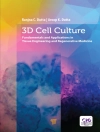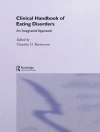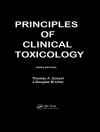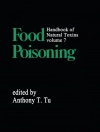It is almost axiomatic that an explosive increase in knowledge and interest concerning host immune defense mechanisms and the immune response system in general is occurring. Many new developments are evident at the interphase between the areas of immunology, infectious diseases, and host defenses to microorganisms. It is now widely rec- ognized that a functioning host immune defense system consists of a variety of lymphoid cells. These include effector and affector cells consisting of both Band T cells and their progeny. Mononuclear phago- cytes which are widely distributed throughout the body are also intimately involved in these processes. These cells are involved not only in the clearance of particulate matter including bacteria, viruses and fungi, but also presumably in host defense against neo- plasia. Among the many triumphs of the biological revolution over the past decade or so is the rapidly developing understanding of how these cells and their products, including antibody, lymphokines, monokines, etc. , function and interact. It is now recognized that although the immune defense system is involved in defense against infectious agents, it is also now be- coming quite clear that many infectious agents, including bacteria, viruses and fungi, as well as their products, can interact with the immune response system. For example, it has been long recognized that many of the "adjuvants" which enhance the immune responses in nonspecific ways are derived from microorganisms. Microbial products have marked effects on the immume response system.
Herman Friedman
Immunomodulation by Bacteria and Their Products [PDF ebook]
Immunomodulation by Bacteria and Their Products [PDF ebook]
ซื้อ eBook เล่มนี้และรับฟรีอีก 1 เล่ม!
ภาษา อังกฤษ ● รูป PDF ● ISBN 9781468441154 ● บรรณาธิการ Herman Friedman ● สำนักพิมพ์ Springer US ● การตีพิมพ์ 2012 ● ที่สามารถดาวน์โหลดได้ 3 ครั้ง ● เงินตรา EUR ● ID 4713435 ● ป้องกันการคัดลอก Adobe DRM
ต้องใช้เครื่องอ่านหนังสืออิเล็กทรอนิกส์ที่มีความสามารถ DRM












